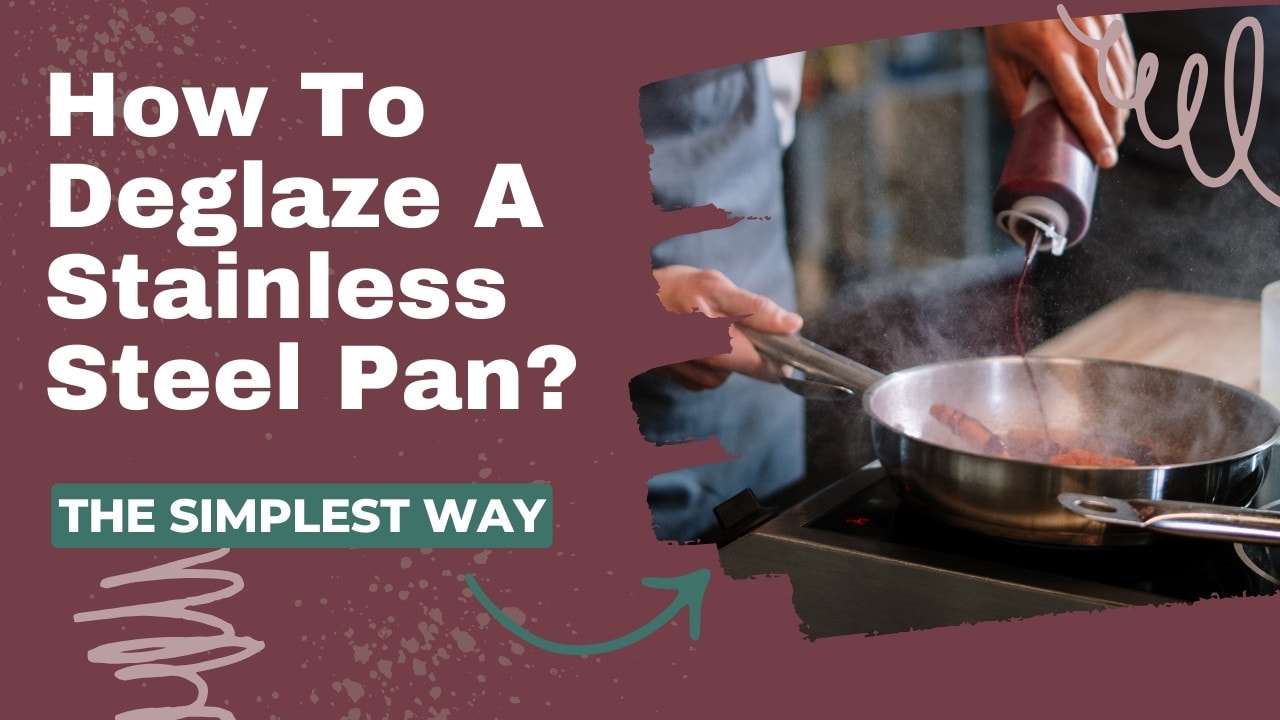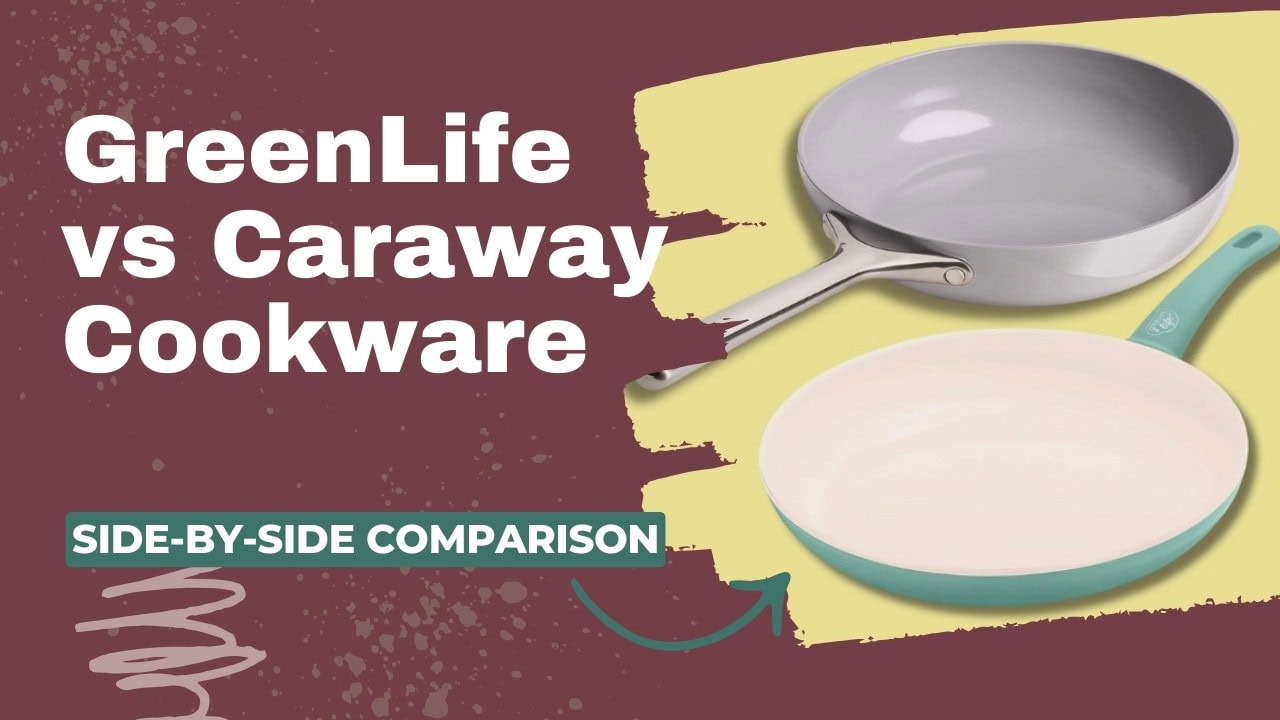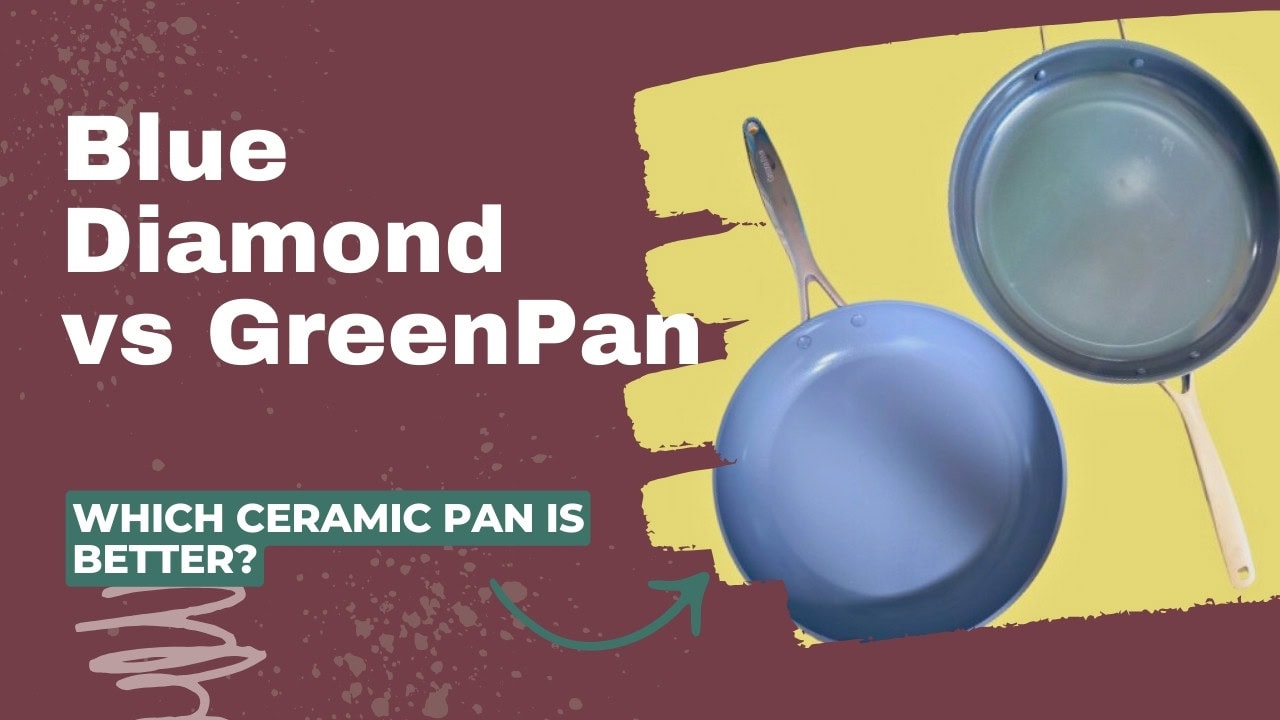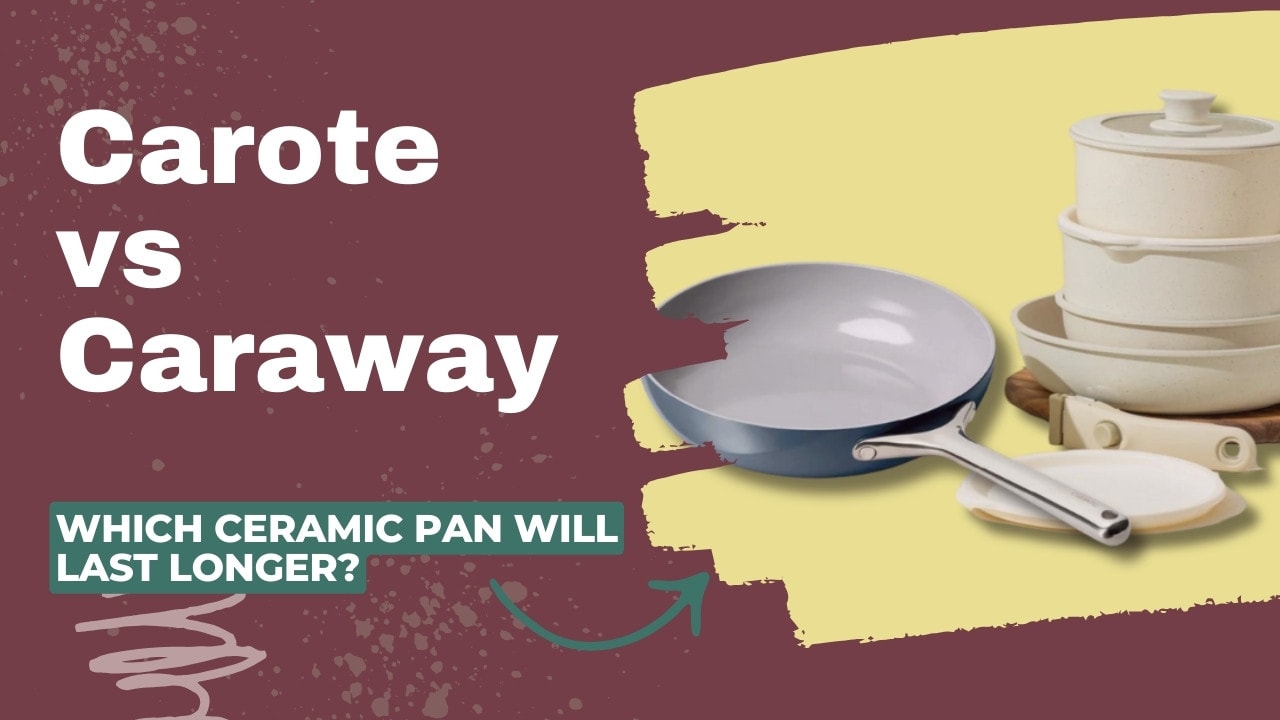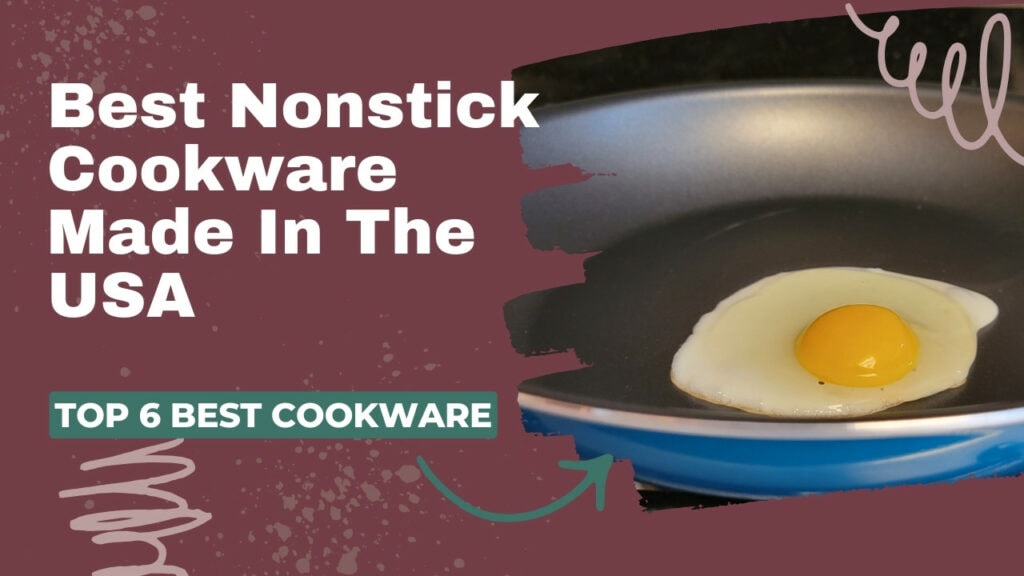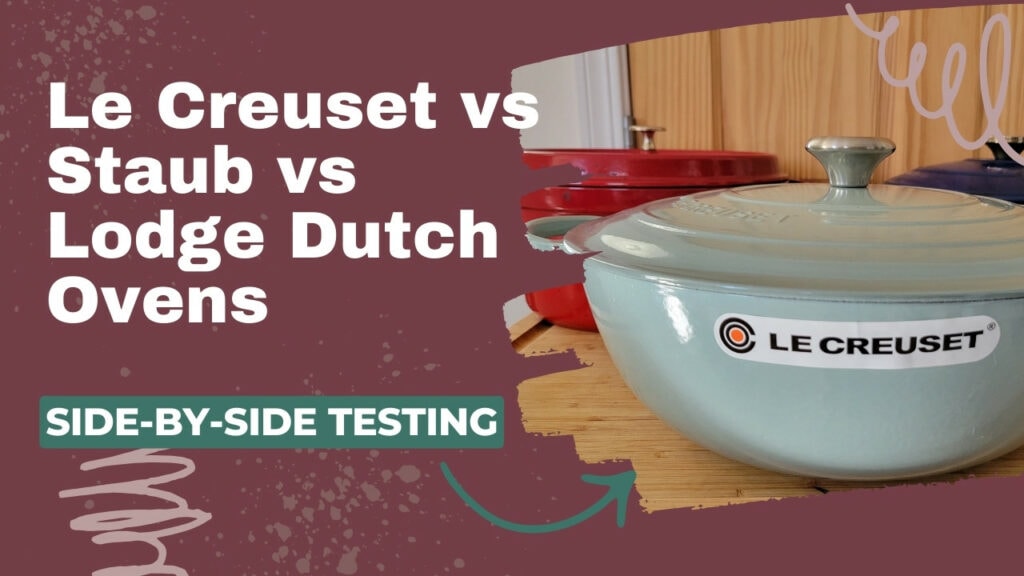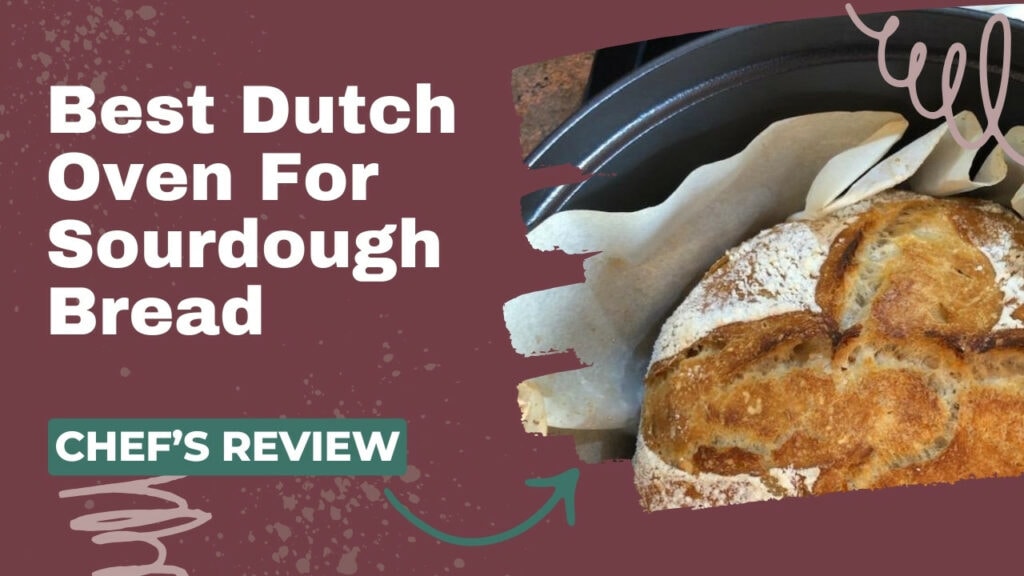“I’ve never had anything stick in a stainless steel pan” – says no one ever. Too often, even when you think you got the pan hot enough or used enough oil, food sticks and starts caramelizing. But there’s a silver lining; those browned bits of your dinner are a crucial ingredient for delicious sauces.
How does this sticky stuff become a great sauce? Through deglazing, of course! Deglazing not only gives you a great sauce but makes the pan easier to clean.
How To Deglaze a Stainless Steel Pan
Deglazing means adding liquid to a hot pan to loosen and dissolve bits of stuck food and create a rich and tasty sauce.
This process begins with letting stuck, browned food build up in your pan. This can be done with veggies or proteins, but my favorite is steak! This stuck layer is called fond. Since it is caramelized, the flavors are concentrated in the fond, so washing it away would be a waste.
A liquid like wine or stock is added to the hot pan to lift the fond and create a sauce. Then, you need to scrape the fond off the pan and incorporate it into the sauce. This is then reduced to make a thickened sauce.
Here’s everything you’ll need to deglaze your pan:
Step-By-Step Instructions
Deglazing is super simple! It takes just four easy steps, and the results are totally worth it.
Step 1- Create the Fond
Cook your proteins and veggies as per your recipe. I recommend seasoning your ingredients well with salt and pepper to make the fond more flavorful.
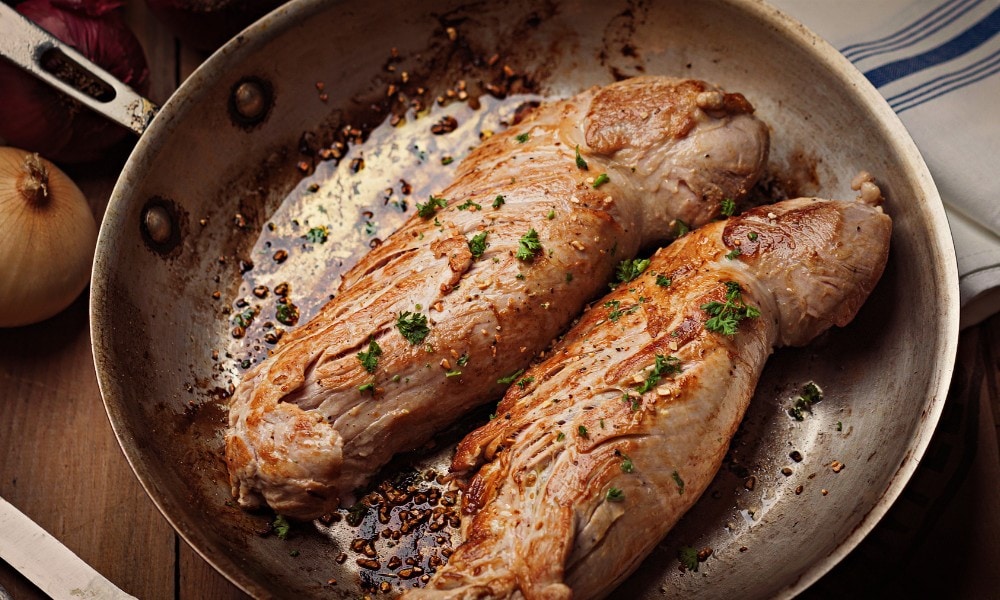
Once cooked, remove the ingredients from the pan and set aside. If there is too much excess oil, you can drain most of it away at this point.
Step 2- Add the Deglazing Liquid
While the pan is still hot, add ¼ cup of your chosen deglazing liquid. It’s important to add the correct quantity, so you have enough liquid to reduce down but not too much that it takes ages to get to the right consistency.
The liquid will bubble rapidly, which helps lift the fond off the pan initially.
Step 3- Scrape the Bottom of the Pan
The fond will need some help getting off the pan, so grab your spatula and scrape the base. Get as much of the fond off as possible; the more fond, the more flavor.
Break up the larger pieces with the spatula and whisk them to combine them with the sauce.
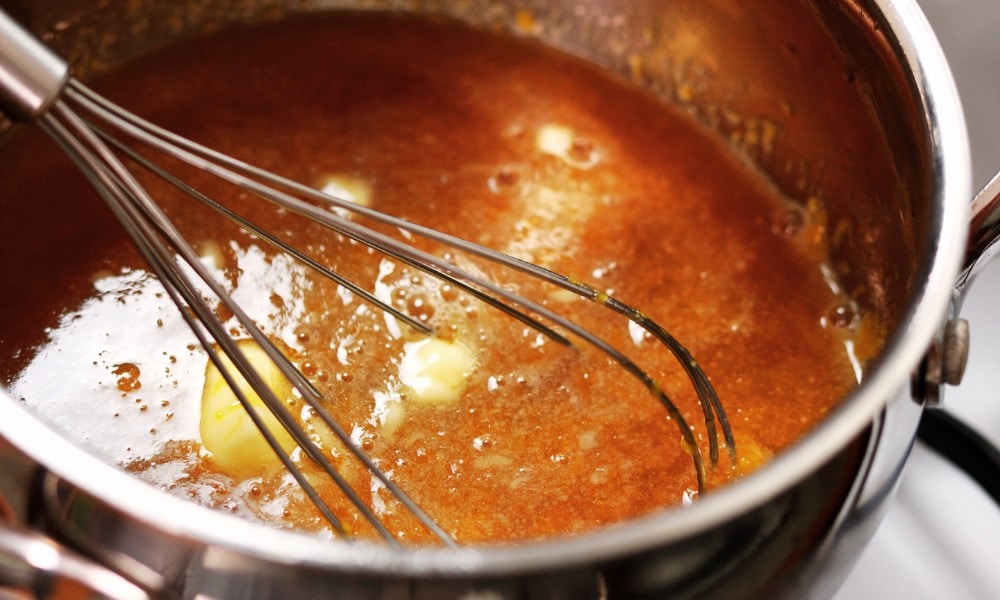
Step 4- Complete the Sauce and Reduce
Now, all that’s left is to concentrate that flavor into a silky sauce. You may choose to add more liquid and other ingredients like tomato paste. Or you can simply allow the sauce to bubble away until it has a syrupy consistency. Season or add herbs, and serve.
Tips to Remember
Recipes that Use Deglazing
If you’re looking for some inspiration to use your new deglazing skills, here are some recipes from The Skillful Cook that use or could benefit from deglazing:
Frequently Asked Questions
Is it okay to deglaze a stainless steel pan?
Yes! If you like cooking recipes that require deglazing, stainless steel is probably the best type of pan to use! Stainless steel is non reactive to acidic foods, so you can deglaze it using wine and sherry as well as stock. The surface is so durable that you can really get in there and scrape the food off without damaging the pan.
What liquids can you use to deglaze a stainless steel pan?
Meat or veggie stock and some form of alcohol are my go-to deglazing liquids. Wine is the most common, but you can also use sherry, vodka, beer, or cider, depending on the recipe. You can also use water, but it won’t contribute any extra flavor.
How do you clean stuck food off a stainless steel pan?
Even after deglazing, you may find that there is still some food stuck fast to the bottom of the pan. I have a full guide to cleaning stuck food off a stainless steel pan, but to sum it up, avoid the dishwasher! After washing thoroughly with hot, soapy water, you can remove any remaining bits by simmering the pan with equal parts water and white vinegar.
Does food always stick to stainless steel?
Cooking on stainless steel takes some experimentation to get right, but once you’re past the learning curve, you’ll find food sticking less. If you use enough oil, your pan is sufficiently preheated, and you wait for your food to brown before flipping, then your food is much less likely to stick to the pan.
Conclusion
While deglazing may sound fancy, you can see that it’s actually really simple! I hope now you feel fully equipped to deglaze like a pro the next time you get the chance.
If you have any other questions about this process, don’t hesitate to drop them below.

